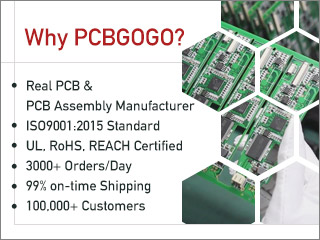Electrical circuits for equipment such as televisions and cell phones contain printed circuit boards (PCBs). A typical PCB contains a large number of electronic components, such as resistors and electronic chips. These components are connected through copper traces on the board. Electrical currents, or signals, pass between the components through these traces. The quality of these currents or signals is often termed "signal integrity." Various factors can affect signal integrity.
Signal Reflections
The electrical currents flowing through traces on a PCB travel in one direction. However, if a current flowing through a trace encounters a higher resistance at some point in its path, a part of it may turn back and start moving in the opposite direction. This is called signal reflection. The reflected signal can interfere with the incoming signal, weakening it. In this case we say that the signal integrity has been compromised. To avoid this issue, you must ensure that the current does not encounter any change in the resistance.
Signal Flight Time
In some types of digital circuits, such as the ones found in computers, information is sent over multiple wires or traces simultaneously. This is called parallel communication. It is essential in parallel communication that all the currents flowing through these traces take the same amount of time to reach the other end. If the circuit layout is poorly designed and this does not happen, the signal integrity degrades. The circuit does not perform the way it should.
Signal Discontinuities
A discontinuity in an electronic layout is defined as a change in the resistance to current. In high-speed circuits, even small discontinuities can appreciably degrade the circuit performance. The most common cause of discontinuity is the the wrongly laid signal traces on the board. For example, any 90-degree turn in a signal path creates a discontinuity and should be avoided. Instead, the trace should be given two 45-degree turns.
Cross Talk
When two traces are near each other, their electromagnetic fields can interact and introduce noise in the signals flowing through them. In electronic circuit theory, this is called "cross talk." It is of serious concern in high-speed circuits, since the rapidly changing currents in circuit traces produce high levels of electromagnetic fields, which can introduce significant cross talk in these circuits. The best way to minimize the amount of cross talk is to increase the distance between the traces.


